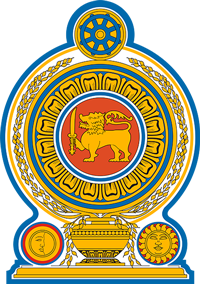Parakrama Samudhraya
Your eyes will roam over what seems picturesque if you get in the bund near the first canal at the beginning of the ancient city of Polonnaruwa. The storage capacity of reservoir does not help you to feel the end in both sides. The fatigue you experienced will have been hidden by the wind blowing upon the water. Waves which sniff the bound declare that it was an ocean in the land.

Beyond the conventions of constructions of tanks Parakrama Samudhraya was built in the concept of sea combination of six tanks such as Topa wava, Eramudu wava, Dubutulu Wava, Kalahagala wava, Bhoo wava and Badi wava. All these tanks except Badi wava had been separated each other by internal dams. But Kalahala wava and Bhoo wava had been neglected in the rehabilitations done after 1937. The present length of the bund is about 08 miles it is also said that the bund was 15 miles in length at the time of King Parakramabahu. The bund is 40 feet in height now although it was 55 feet in height before the rehabilitation. Maximum capacity of the tank is 109000 acre feet. Catchment area of the reservoir is 2800 square miles and issues its water through 03 sluices to the irrigable areas. It is obvious the prosperity which existed in the past due to the fact that Parakrama samudhraya had 07 sluices at that time. Existing 03 canals provide irrigation water about 20000 acres. Ancient Parakrama samudhraya had 11 canals according to historical sources.
The reservoir is filled with water after the restoration on 22.02.1954 due to memorial service of D S Senanayake with much dedication after R.L Brohier unveiled the concept of Parakrama samudhraya.
Parakrama samudhraya is fostered by the water from GIritale wava, Kadawala wava and Tambala wava and the canal called akasa ganga (river in the sky) by the anicut constructed at Angamadilla across Amban ganga a tributary of Mahawali ganga. This can is introduced as Maa oya at present in addition to that several canals coming from Sudukanda area foster Parakrama samudhraya. Above mentioned Angamadilla canal declare greatness of our irrigation technology inherited us because it had been constructed between contour lines 100 feet and 200 feet. That is why we are in the support of the hope of the dawn of ‘Parakum’ era again.

